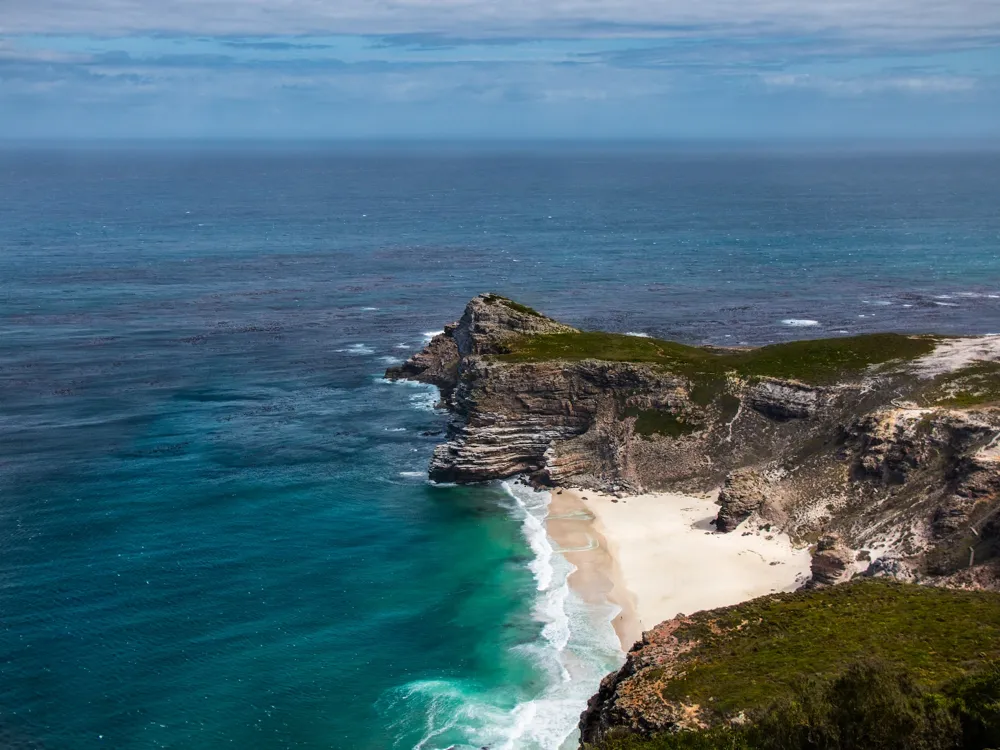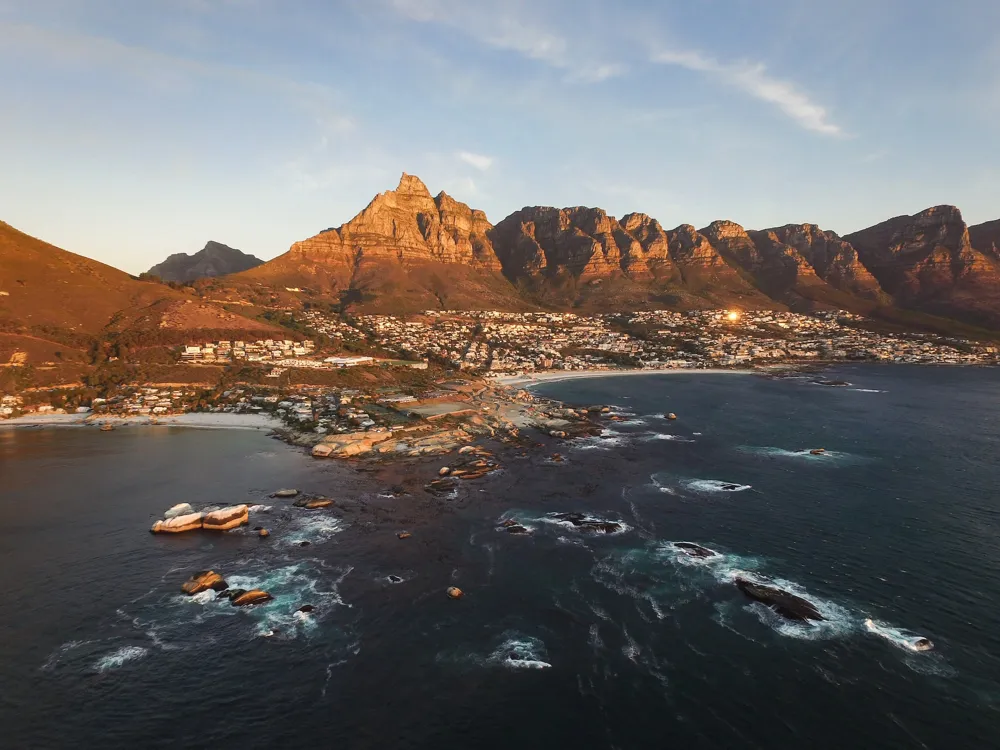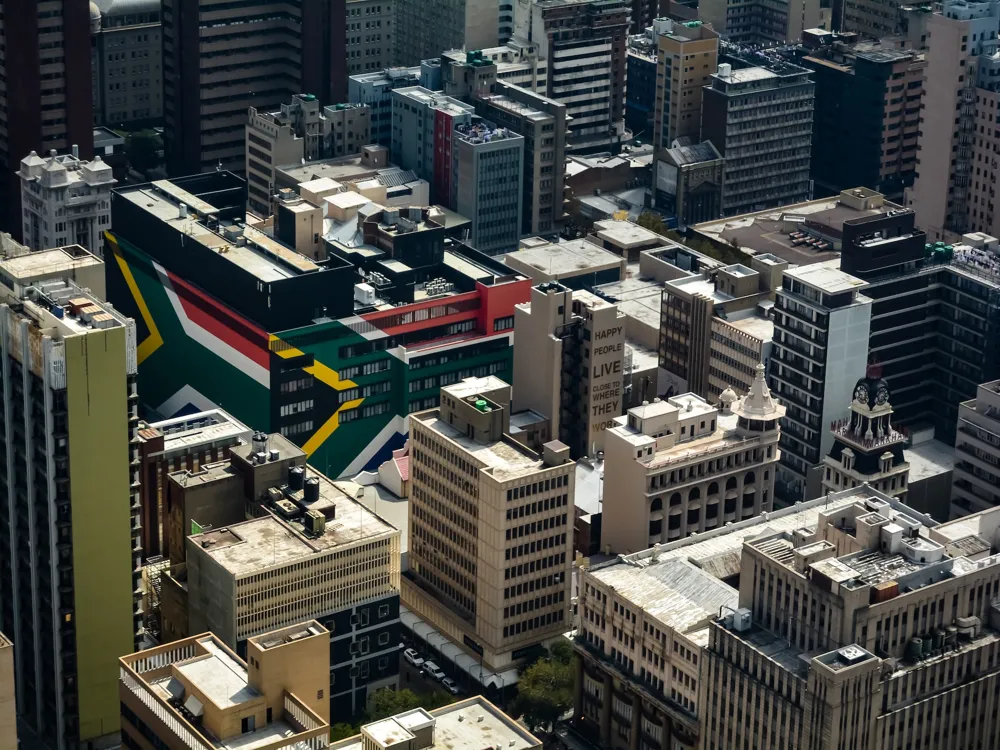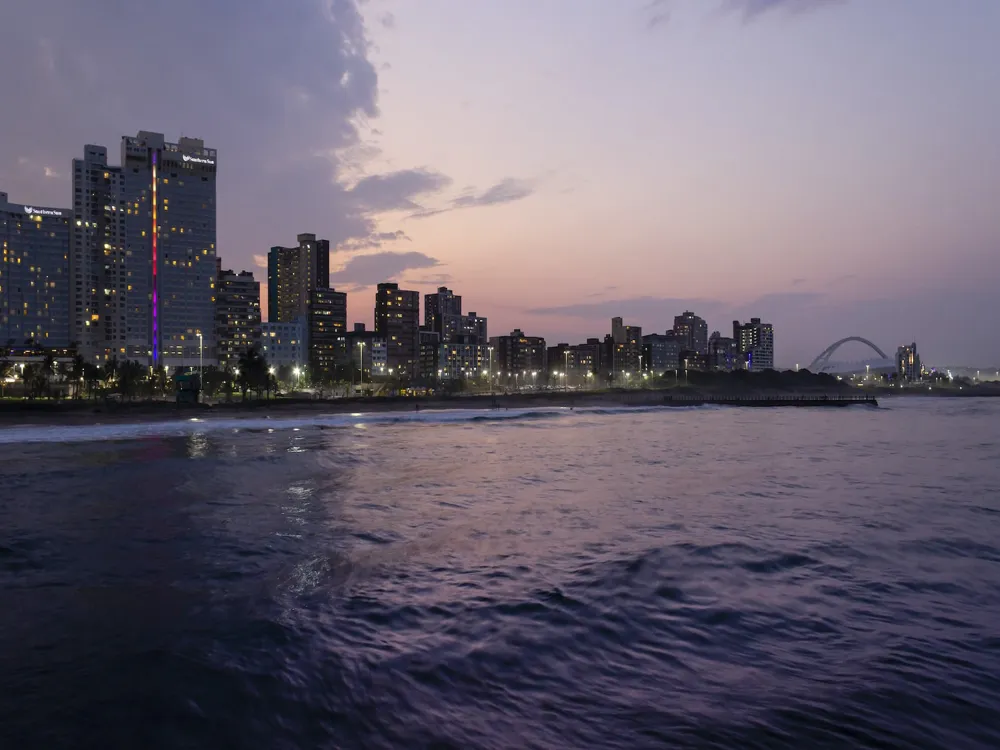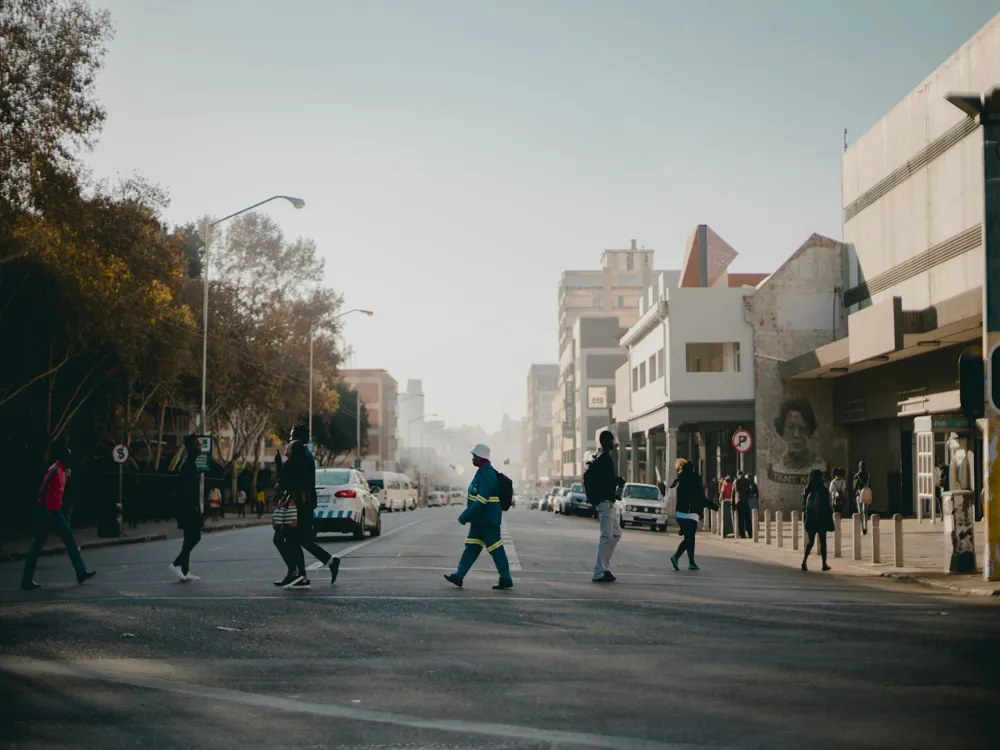Robben Island, a UNESCO World Heritage Site, is an islet in Table Inlet, Cape Town It's broadly known as the position of the jail where Nelson Mandela was held for 18 of his 27 long years in jail. This islet may be an image of South Africa's battle for flexibility and the triumph of the republic over bias. The armature on Robben Island is a blend of social structures, captivity structures, and literal spots. The maximum-security captivity, where numerous anti-apartheid activists were held, is the most prominent point. Other significant structures include the 19th-century lighthouse, church structures, and the outcast colony remains, reflecting the island's complex history. Robben Island tenures are in high demand, so it's advisable to book your tickets well in advance, especially during peak tourist seasons. The weather can be unpredictable, so dress in layers and prepare for sudden changes in temperature and wind conditions. Remember that Robben Island isn't just a sightseer destination but a place of literal and emotional significance. Admire the point and its history during your visit. Robben Island is accessible by ferry, which departs from the Nelson Mandela Gateway at the V&A Waterfront in Cape Town. The ferry lift offers scenic views of Table Bay and is the only means of transportation to the islet. Ensure to check the ferry schedule and rainfall conditions before planning your trip. Read More:Overview of Robben Island, Cape Town
Architecture of Robben Island
Tips for Visiting Robben Island
Plan Your Visit in Advance
Weather Considerations
Respect the Site's Significance
How To Reach Robben Island
Robben Island
Cape Town
₹ 38,470 onwards
View cape-town Packages
Weather :
Tags : Island
Timings : 9:00 AM - 4:00 PM
Entry Fee : Adult: ZAR 280,
Child: ZAR 150
Planning a Trip? Ask Your Question
Cape-town Travel Packages
View All Packages For Cape-town
Top Hotel Collections for Cape-town

Private Pool

Luxury Hotels

5-Star Hotels

Pet Friendly
Top Hotels Near Cape-town
Other Top Ranking Places In Cape-town
View All Places To Visit In cape-town
View cape-town Packages
Weather :
Tags : Island
Timings : 9:00 AM - 4:00 PM
Entry Fee : Adult: ZAR 280,
Child: ZAR 150
Planning a Trip? Ask Your Question
Cape-town Travel Packages
View All Packages For Cape-town
Top Hotel Collections for Cape-town

Private Pool

Luxury Hotels

5-Star Hotels

Pet Friendly








